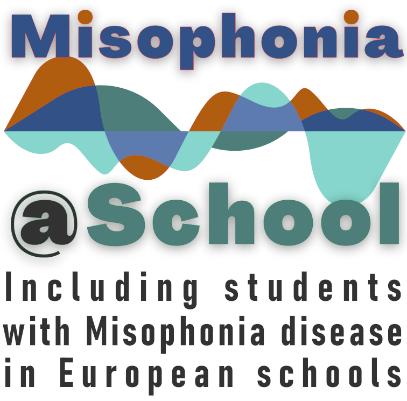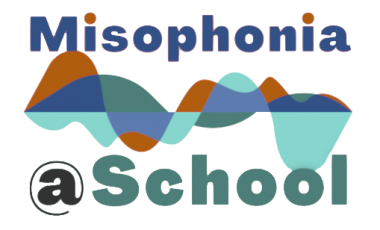

Unsere mobile Misophonia-Anwendung
Misophonia is a severe and particular form of decreased sound tolerance, and discomfort in the ears or earache, associated with sound exposure. The term “Misophonia” appeared in 2001 for the first time, in a scientific paper by the neuroscientists Margaret M. Jastreboff and Pawel J. Jastreboff. In this paper they distinguished Misophonia from Phonophobia, a well-known sound disorder with psychological origin. Differently from Phonophobia, Misophonia appears to be a disorder at neurological level. At the moment, researches and studies on Misophonia have reached not final but important goals. In 2017, an experimental study carried out by the Institute of Neuroscience at Newcastle University and led by Sukhbinder Kumar (who is a staff member of the present project), revealed a physical difference in the frontal lobe between the cerebral hemispheres of people with Misophonia, with higher myelination in the grey matter of ventromedial prefrontal cortex. Misophonia causes children, adults and the elderly who are affected by it, to behave in a way to prevent from entering louder environments, and from working and interacting socially.

Outputs
The Misophonia@School project will carry out study and implementation activities addressed to produce the following four Intellectual Outputs:
- — IO1: Misophonia Mobile Application.
- — IO2: Misophonia E-learning Course.
- — IO3: Misophonia Handbook.
- — IO4: Misophonia Web Resource Centre.
All Misophonia@School products will be progressively available on this website in 9 languages: English, Italian, Spanish, Poland, Turkish, German, Slovenian, Greek and Icelandic.
Die Misophonie-Mobilanwendung, die im Unterricht eingesetzt werden soll, ermöglicht es Lehrern, ein innovatives Screening-Protokoll anzuwenden und durchzuführen, um Schüler mit Misophonie zu identifizieren. Die Grundidee besteht darin, den Lehrern eine Reihe von „Trigger“-Geräuschen oder -Situationen zur Verfügung zu stellen (Geräusche und Situationen, die bei Misophonie-Betroffenen in der Regel ein ungutes Gefühl auslösen), die den Schülern präsentiert werden können, um ihr Verhalten zu beobachten/analysieren. Trigger-Ereignisse sind inzwischen wohlbekannt: Kauen, schweres Atmen, auf den Tisch klopfen, zitternde Beine oder Arme sehen, wiederholt berührt werden und andere. Das Screening-Tool ist eine mobile Android- und iOS-Anwendung (Apple iPhones) und kann von Lehrern/Schülern problemlos genutzt und weitergegeben werden. Sie können es von hier herunterladen:
The European Commission’s support for the production of this web resource centre does not constitute an endorsement of the contents, which reflect the views only of the authors, and the Commission cannot be heldresponsible for any use which may be made of the information contained therein.
Projektnummer: 2020-1-IT02-KA201-079622

© Misophonia@School 2023